HEARING LOSS
Preventing Noise Induced Hearing Loss in the Workplace
By Team Hearzap | April 21, 2025
Occupational noise exposure is a major contributor to hearing loss at work, especially in industries with consistently high industrial noise levels.

Types of Jobs at High Risk
- Construction workers: Daily use of drills, jackhammers, and heavy machinery exposes them to harmful decibel levels.
- Manufacturing employees: Constant mechanical noise in factories creates high workplace hearing risks.
- Airport ground staff: Jet engines produce industrial noise levels exceeding 140 dB, making hearing protection essential.
- Mining and drilling professionals: Confined workspaces amplify machinery noise, increasing occupational noise exposure.
- Musicians and event staff: Repeated exposure to loud music and speakers puts their hearing at continuous risk.
- Military personnel: Exposure to gunfire and explosions causes sudden, intense noise that damages hearing instantly.
How Loud Is Too Loud: Decibel Thresholds Explained
- Normal conversation: 60 dB - Safe for unlimited exposure and poses no risk to hearing.
- Heavy city traffic: 85 dB - Extended exposure at this level can begin to cause noise-induced hearing loss.
- Jackhammer or chainsaw: 100 dB - Just 15 minutes of exposure can lead to permanent hearing damage without protection.
- Gunshot or jet engine: 140+ dB - Instant and severe hearing damage can occur even with very brief exposure.
Long-Term Consequences of Untreated Hearing Loss
- Permanent hearing impairment: Prolonged noise exposure can destroy inner ear cells, leading to irreversible damage.
- Communication difficulties: Misunderstandings and poor coordination become common in noisy environments.
- Increased risk of accidents: Inability to hear alarms, alerts, or coworkers can lead to workplace injuries.
- Mental health issues: Social isolation and cognitive decline are frequent outcomes of untreated hearing loss.
Top Prevention Strategies to Reduce Noise-Induced Hearing Loss
Implementing proper NIHL prevention measures can significantly reduce workplace hearing risks and protect employees from long-term damage.
Use of Earplugs and Earmuffs
- Foam earplugs: Inexpensive and effective, foam earplugs block a significant amount of industrial noise levels.
- Custom-molded earplugs: These provide a snug fit for better noise reduction in high-risk occupational noise exposure areas.
- Over-ear earmuffs: Ideal for extremely loud environments, they offer full-ear coverage and consistent protection.
- Dual protection (earplugs + earmuffs): Using both together is recommended in environments with noise above 100 dB.
Engineering Controls to Reduce Equipment Noise
- Sound barriers and acoustic panels: These reduce the spread of noise across the workplace by absorbing or blocking sound.
- Low-noise machinery upgrades: Investing in quieter equipment helps reduce overall occupational noise exposure.
- Maintenance of machines: Regular lubrication and repairs reduce friction, noise, and keep decibel levels in check.
- Noise enclosures: Encasing noisy equipment helps isolate sound and protects nearby workers.
Administrative Controls Like Job Rotation
- Shift scheduling: Limiting time spent in high-noise zones reduces total exposure for each employee.
- Job rotation plans: Moving workers between noisy and quiet tasks minimizes continuous exposure.
- Quiet zones for recovery: Designated break areas with low noise levels help protect hearing health.
- Training programs: Educating staff on hearing protection and noise risks builds a safety-first culture.
Creating a Hearing Conservation Program That Works
A strong hearing conservation program ensures compliance with OSHA standards and safeguards employee hearing over time.
Components of an Effective Program
- Noise level monitoring: Regular assessments identify high-risk areas and help track industrial noise levels.
- Risk assessment reports: Detailed reports guide safety measures based on the level of occupational noise exposure.
- Hearing protection availability: Employers must provide and enforce the use of hearing protection devices (HPDs).
- Clear safety protocols: Procedures for responding to unsafe noise levels help minimize workplace hearing risks.
Importance of Regular Audiometric Testing
- Baseline hearing tests: Establish initial hearing levels to compare against future test results.
- Annual follow-ups: Ongoing tests track changes and catch early signs of hearing loss at work.
- Immediate re-tests for at-risk workers: Those exposed to sudden loud noise need urgent testing to assess damage.
- Record-keeping for compliance: Accurate test logs are essential for OSHA hearing conservation program audits.
Educating Employees on Early Warning Signs
- Difficulty in understanding speech: Early signs often include trouble hearing conversations, especially in noisy areas.
- Ringing or buzzing in the ears (tinnitus): A common symptom of early noise-induced hearing loss that shouldn't be ignored.
- Asking others to repeat themselves: Frequent repetition requests indicate hearing degradation from occupational noise exposure.
- Feeling of fullness in the ears: Pressure or muffled hearing may be a warning of damage from industrial noise levels.
Related Blogs
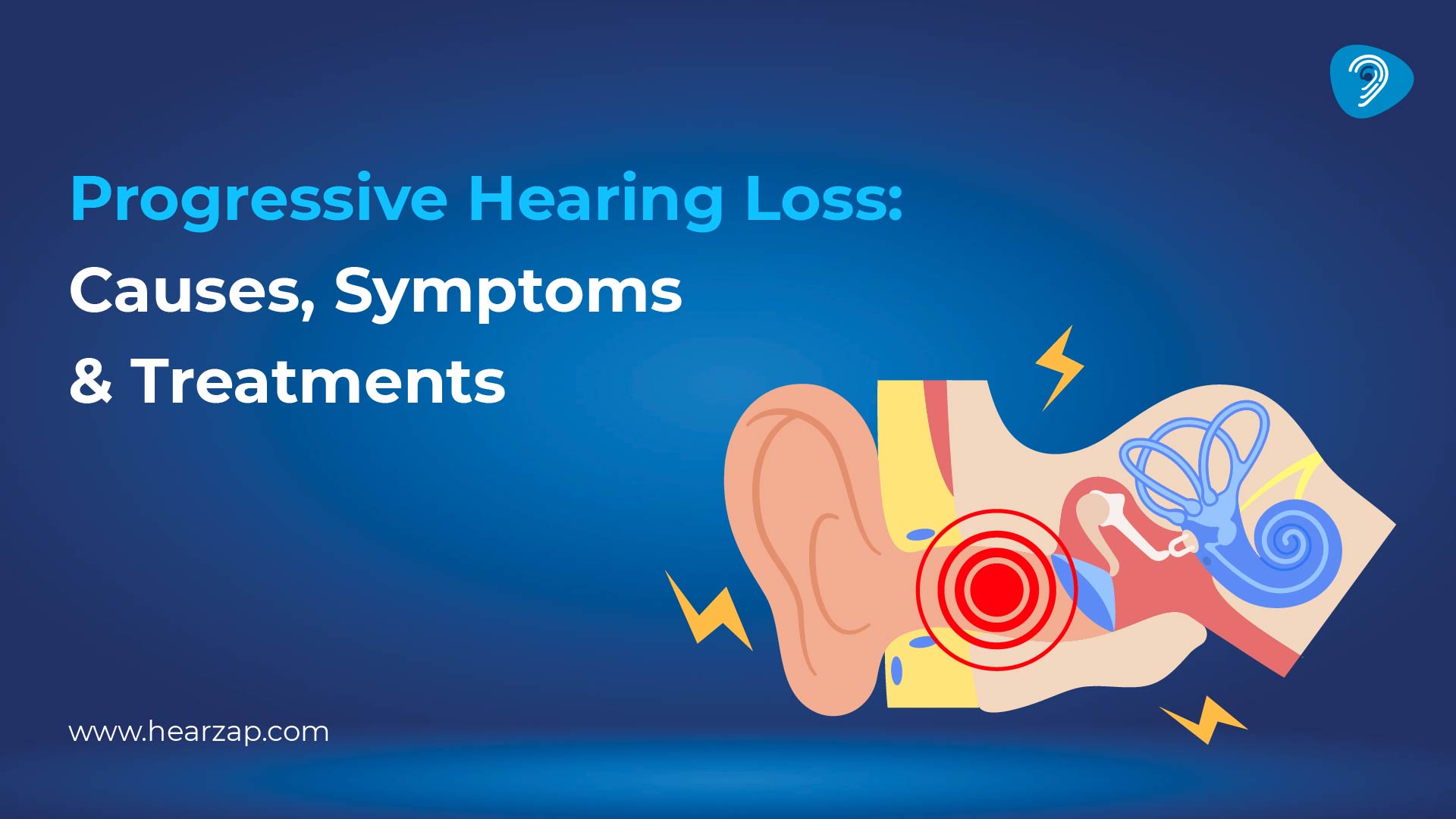
Understanding Progressive Hearing Loss: Causes, Symptoms & Treatment Options
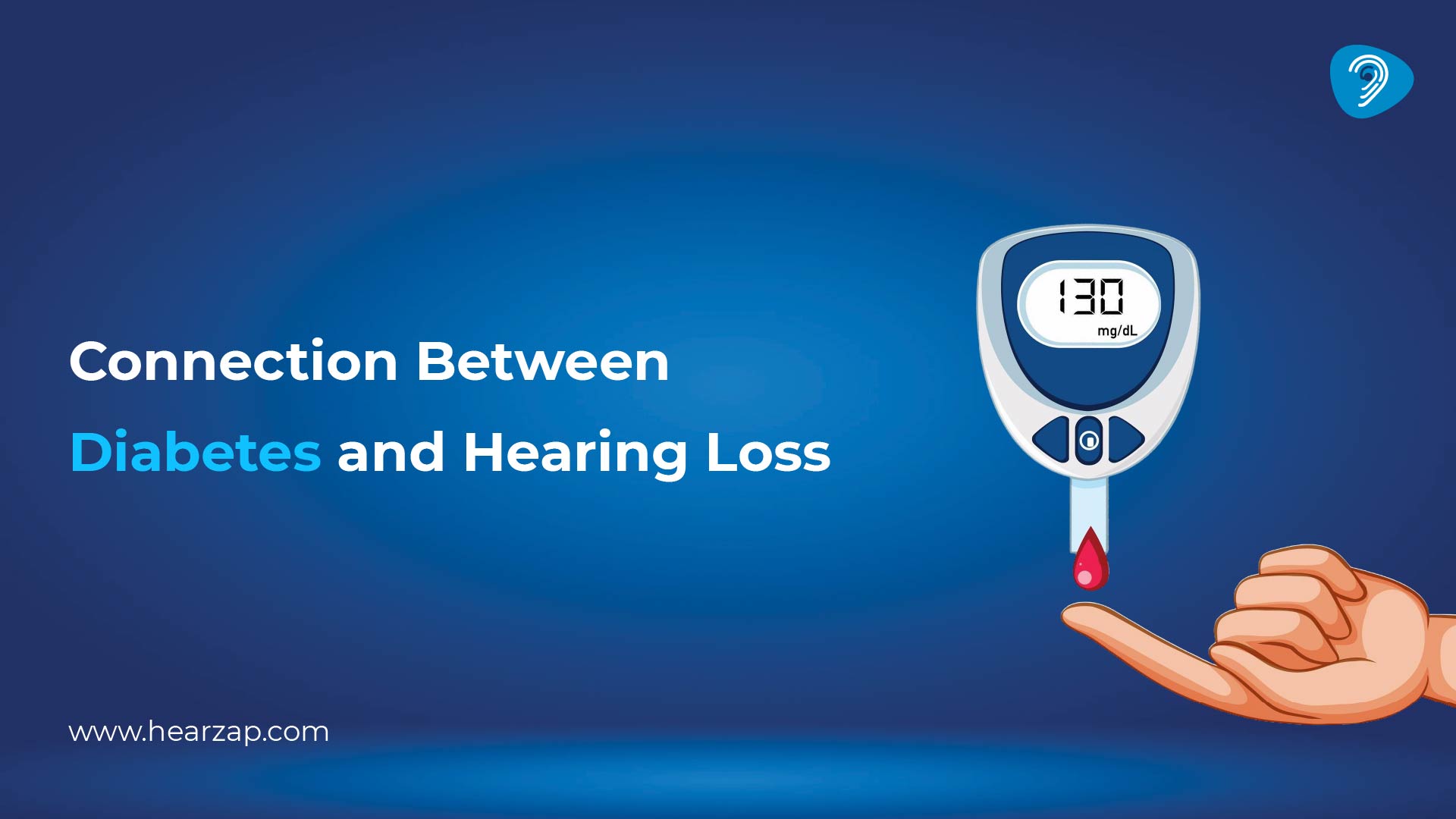
Link Between Diabetes and Hearing Loss
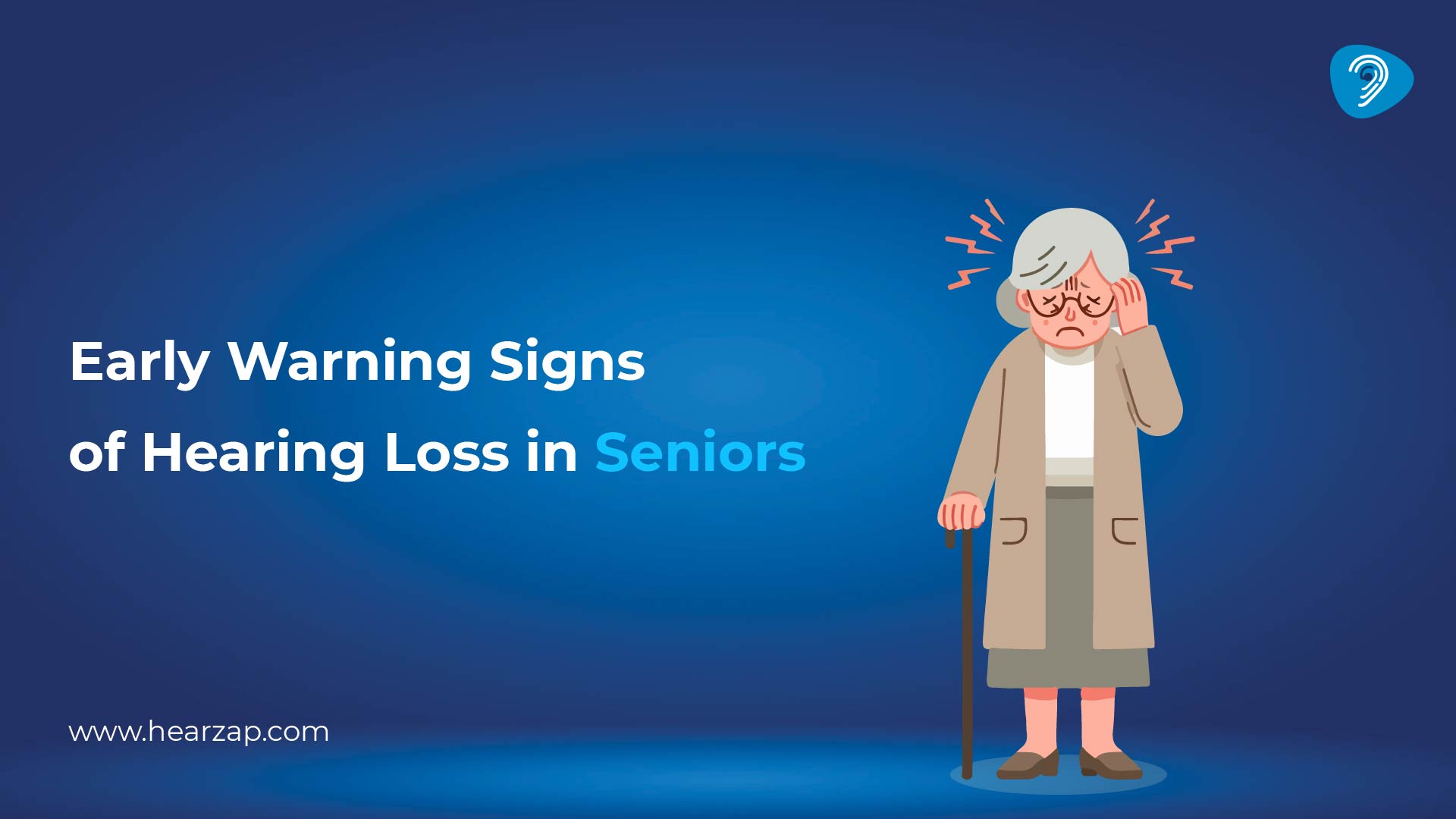
7 Early Signs of Hearing Loss in Seniors to Know
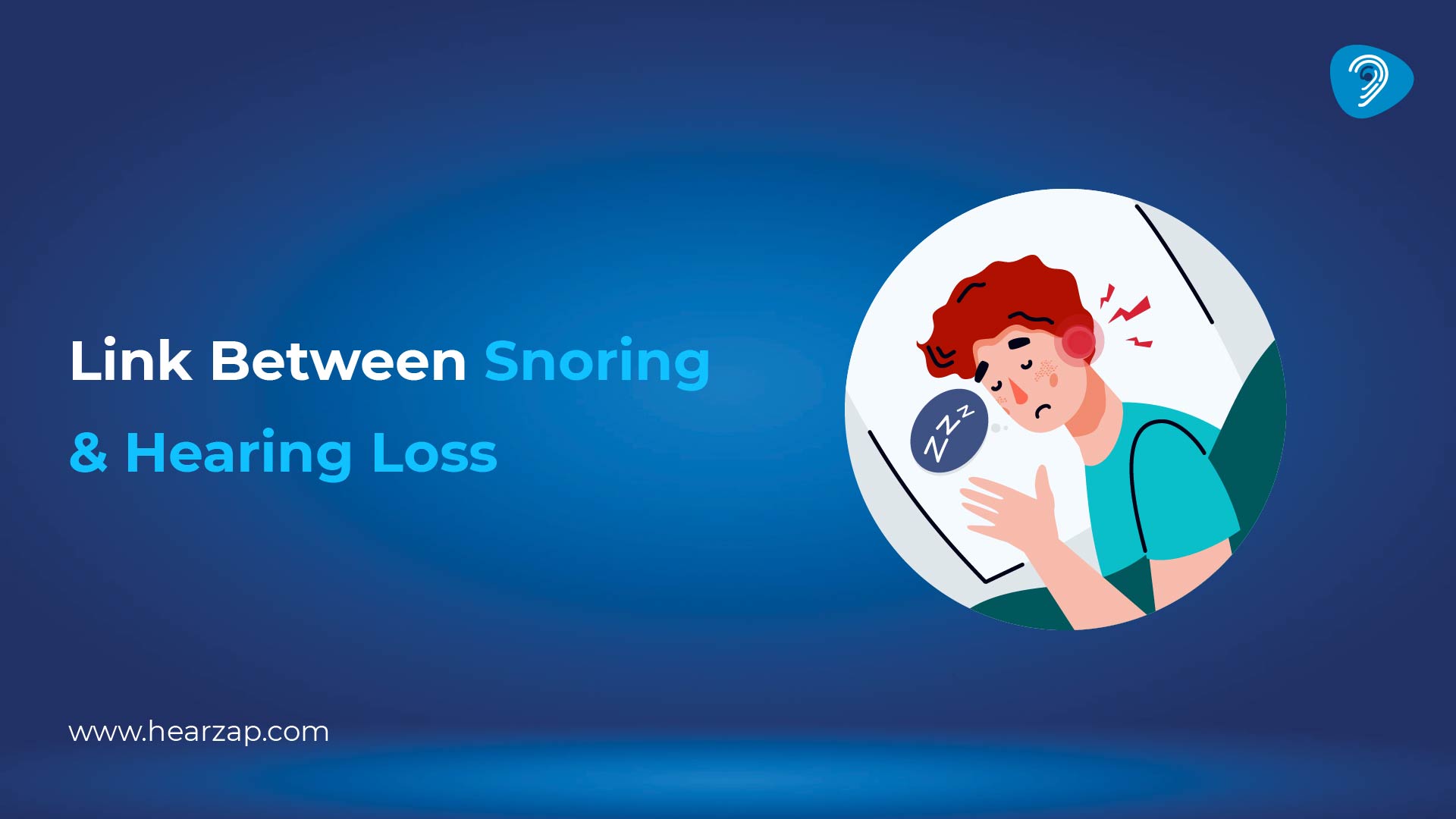
Link Between Snoring and Hearing Loss
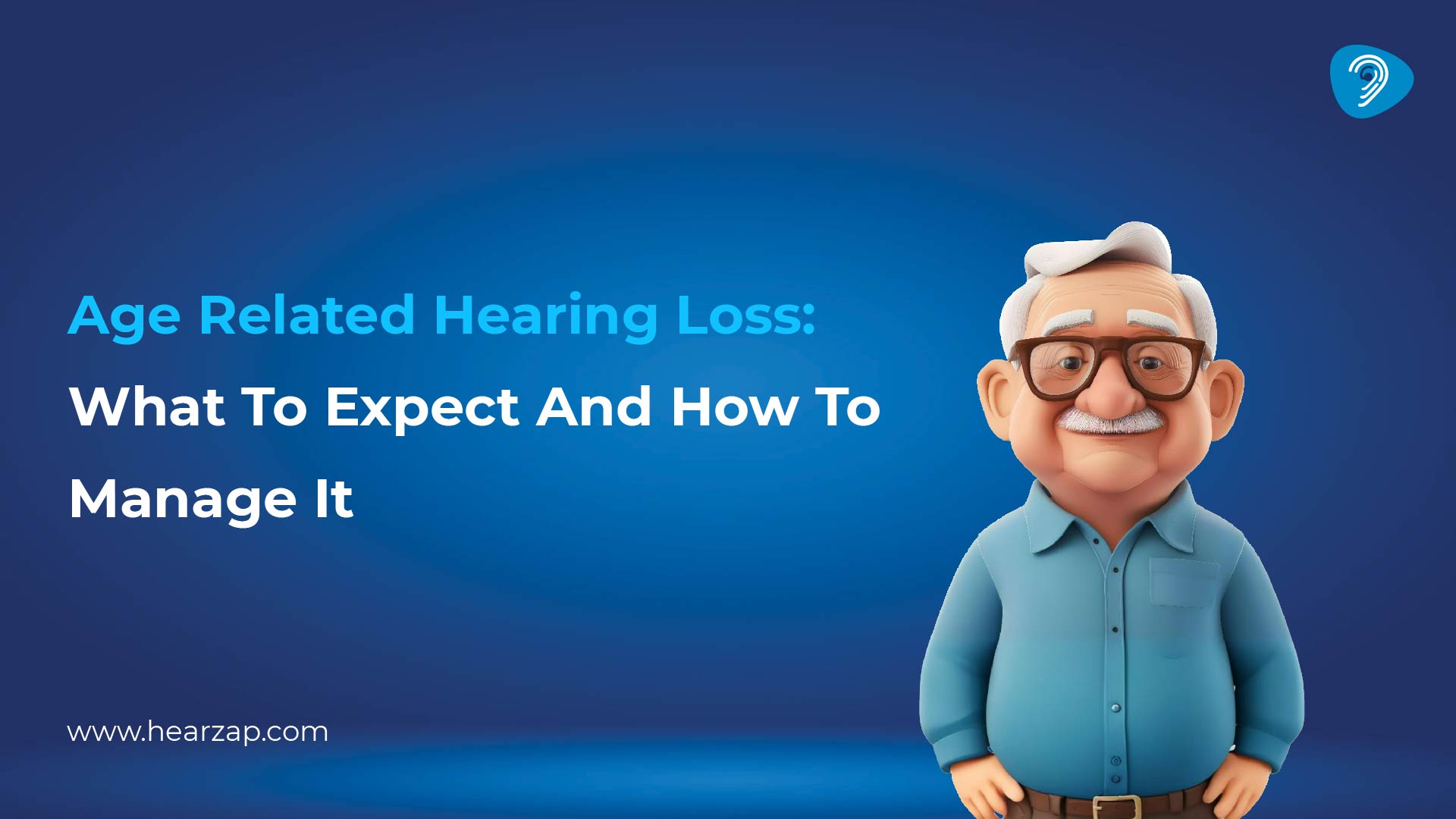
Age Related Hearing Loss: What to Expect and How to Manage It
Contact us
We are here for all your hearing needs, from hearing tests to hearing aids. Fill out the form below, and we will give you a call soon.
Please enter a valid mobile number with 10 digits.
Recent Blogs
By None | Dec. 4, 2025
By None | Dec. 2, 2025
By None | Nov. 28, 2025
By None | Nov. 27, 2025
By None | Nov. 26, 2025









